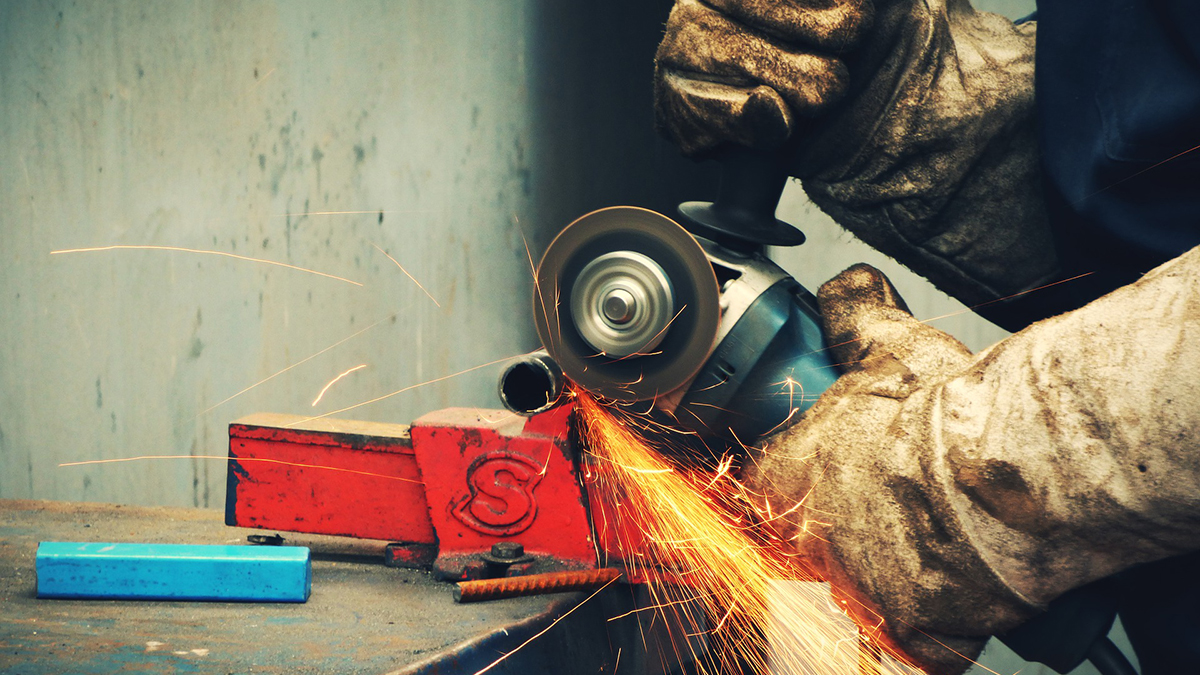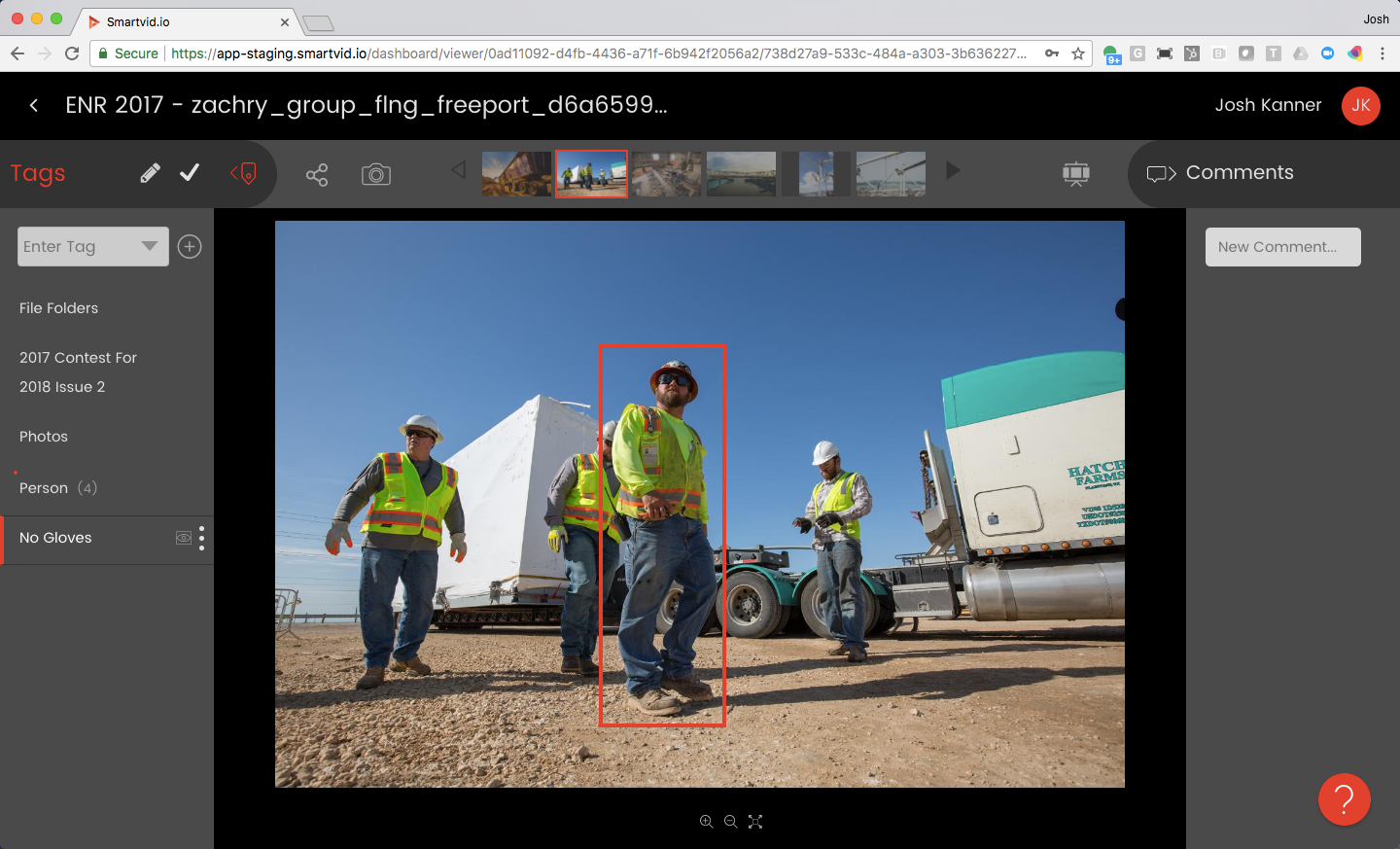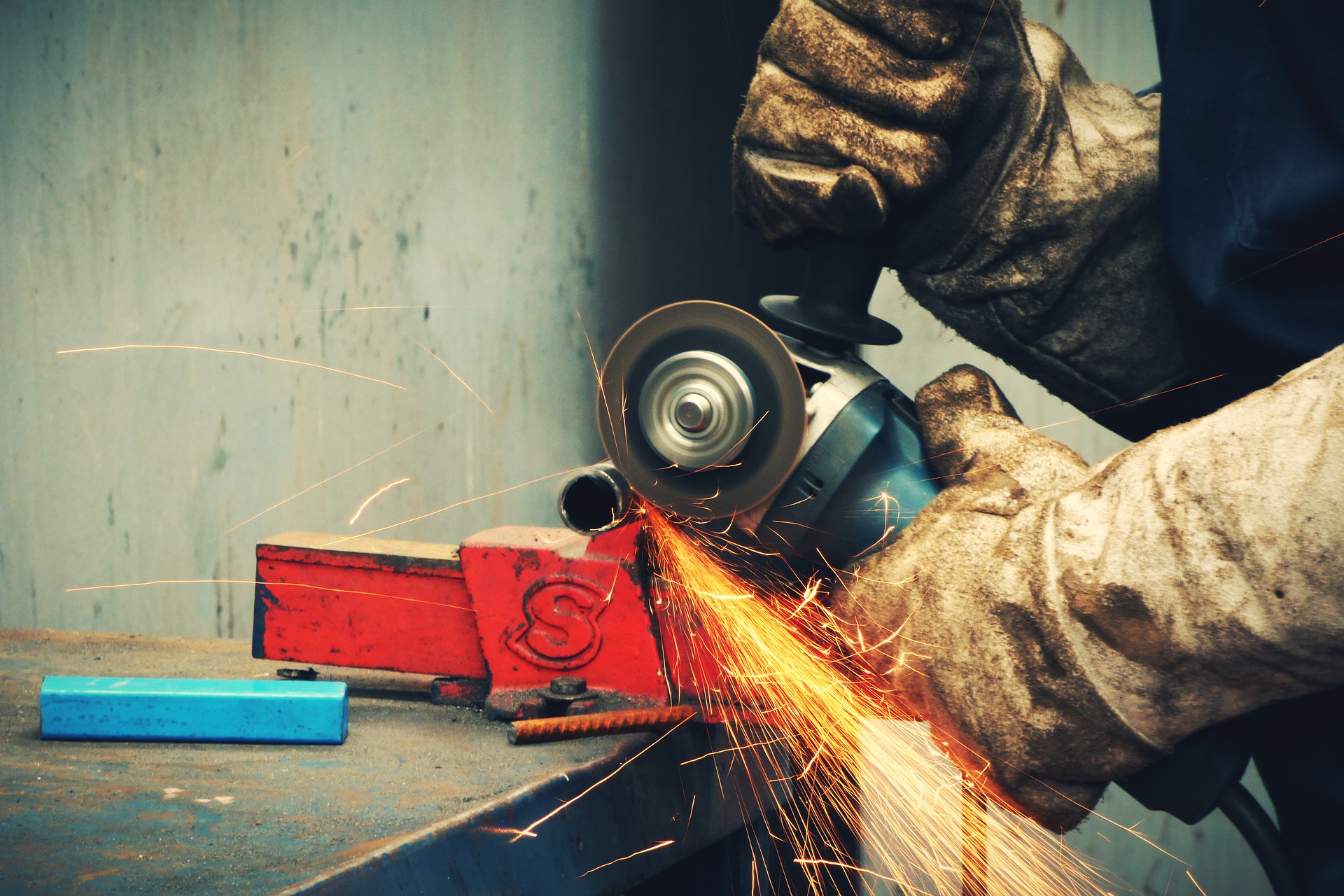
Every year, over a million workers head to the ER due to hand injuries. For 70 percent of those workers, those injuries were sustained while not wearing gloves. These hand injuries caused over 110,000 workers to miss work, which is second only to back strains. This is driving more and more top construction firms towards full-time 100 percent safety glove policies. These programs are targeting hand injuries to not only protect workers, but also to reduce lost time incidents and growing insurance costs.
Reducing risk on OCIP and CCIP projects
As Owner Controlled (OCIP) and Contractor Controlled (CCIP) insurance programs become more and more common for construction projects, managing contractors are looking for ways to reduce the risk of injuries and claims. OCIPs and CCIPs are wrap-up policies which can reduce premiums, minimize cross-litigation, and speed up the claims process by providing General Liability and Workers Comp for the general contractor and subcontractors under a single policy.CCIPs can provide an opportunity for both risk and reward upon the general contractor. Having to pre-fund high deductibles puts potential fees on the project at risk in the case of a claim. As with any type of risk, this must be managed by putting in place policies and procedures to protect against a potential loss.

Insurance managers, risk managers, and safety directors often put 100 percent glove compliance programs as one of their top best practices for reducing risks of claims. For this reason, many GC’s are implementing safety glove programs not just with their own employees, but across the entire site. Since hand injuries are costly and are the second highest source of missed work days, addressing the risk of hand injury is an obvious decision for any GC.
Implementing a safety glove policy
While it may seem like an obvious choice to wear gloves while working on the construction site, unfortunately, not all workers do. How does the industry go about shifting this mindset and require all personnel to wear gloves? As with any major change like this, the industry must start by educating its workers on why the change is happening.
This starts with giving them the facts and figures about how many hand injuries actually happen on site. It also means providing them with the proper solution for the task they are performing. Stressing to workers that this is for their benefit and safety is critical to buy-in. Selecting the appropriate glove is very important. Compliance will not be easy and will take time, but it can be achieved with the right approach.
Tools for ensuring compliance

Once a program is rolled out for a project or company, monitoring and managing compliance will be a critical factor to its success. Starting with proper education of workers on the requirements for safety gloves is the first step. Once workers understand the program, compliance on-site must then be measured. This can be difficult as many jobsites are vast and safety teams cannot be everywhere at once.
Putting in place glove checks as workers enter the site is one great tool to ensure that everyone has the appropriate PPE with them for the day. Much like vests or hard hats, gloves can usually be identified fairly quickly visually. If the gloves are missing, notify and correct any offenders immediately to show the seriousness of the requirement.
Some Safety Managers are leaning on the use of photos and videos to identify potential violations. These documentations of non-compliance can be used as discussion and training points with workers and stakeholders on the project. In the end, compliance needs to be monitored by everyone on the project.
There is no doubt that wearing gloves will reduce hand injuries on the jobsite. Researchers from Liberty Mutual Research Institute for Safety conducted a study that showed 60 percent of hand injuries could be avoided by just wearing gloves. With this in mind, ensuring that workers are wearing gloves on-site is still a big challenge.
There are intuitive solutions to overcome this challenge, though, that are currently being created by companies such as Smartvid.io, which automatically scans all jobsite photos to find and count workers who are missing gloves. Setup takes less than 90 seconds because they pull photos directly from Procore, Autodesk BIM 360 Field, and other systems. It helps jobsites automatically measure glove compliance. That, at the end of the day, is key to keeping jobsites safe, efficient, and cost-effective.
BuiltWorlds partnered with Smartvid.io to bring you this article. Smartvid.io image courtesy of ENR.

Discussion
Be the first to leave a comment.
You must be a member of the BuiltWorlds community to join the discussion.